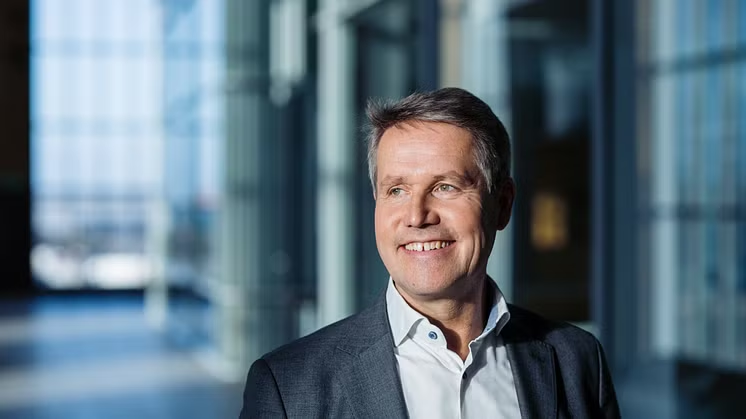German utility company Uniper has announced plans to develop its first solar power farms in Sweden, signaling a strategic move to diversify its renewable energy portfolio. Partnering with Swedish solar producer Solgrid, Uniper aims to construct two solar farms—Segaas and Segerhult—in central Sweden, with a combined capacity of 35 megawatts (MW).
Project Timeline and Objectives
Construction of the Segaas and Segerhult solar farms is scheduled to commence in early 2026, with completion expected by 2027. This project arrives as Sweden is poised to experience a rise in electricity demand, set to rise from 136 terawatt-hours (TWh) to around 300 TWh by 2045 due to industrial development and electrification of the transport industry.
Strategic Implication and Diversification of Energy
While the Swedish government is keen to increase nuclear power to fulfill future electricity demands, Uniper is stressing the importance of a diversified energy mix. Uniper Sweden CEO Johan Svenningsson stated, “For Sweden to double electricity production and succeed with the energy transition, we must invest in everything. All power forms are needed.”
Uniper’s Renewable Energy Portfolio
Currently, Uniper operates 74 hydroelectric plants in Sweden and co-owns the country’s nuclear power facilities. The company also manages gas and oil-fired power plants in the region. On a broader scale, Uniper is targeting 10 gigawatts (GW) of wind and solar capacity ready for construction by 2030, with projects already underway in Germany, Hungary, and the United Kingdom.
Conclusion
Uniper’s entry into solar power development in Sweden represents a significant step in its commitment to renewable energy. By diversifying its energy sources and investing in solar infrastructure, Uniper aims to contribute to Sweden’s energy transition and meet the growing electricity demands of the future.

